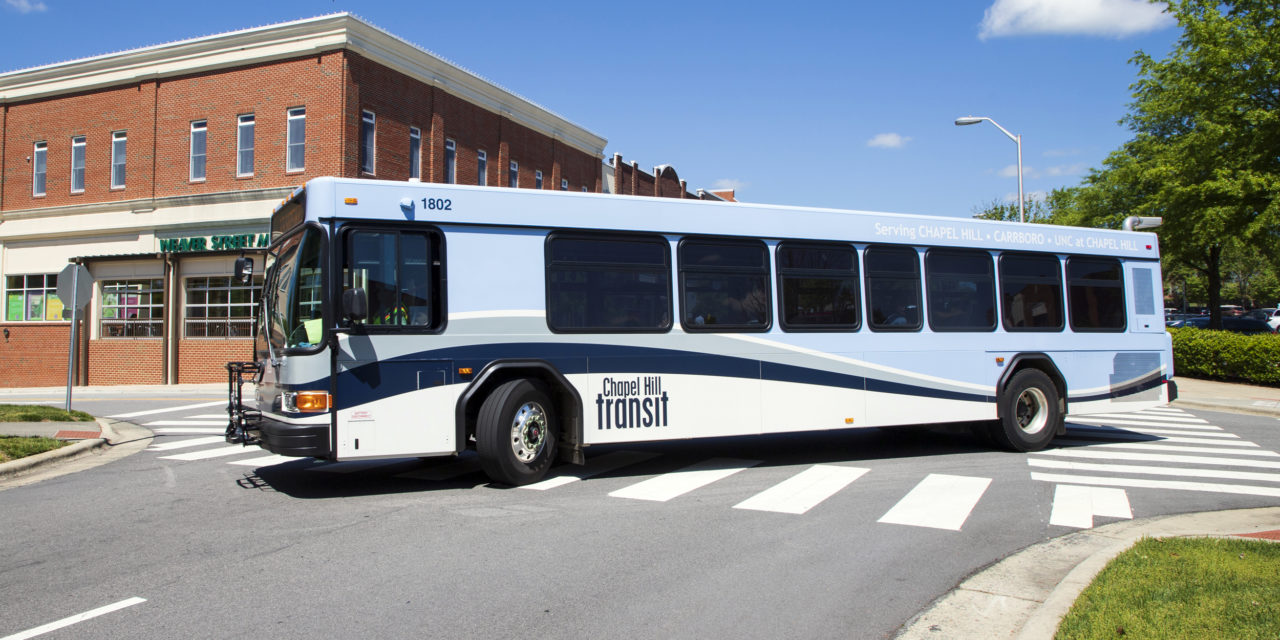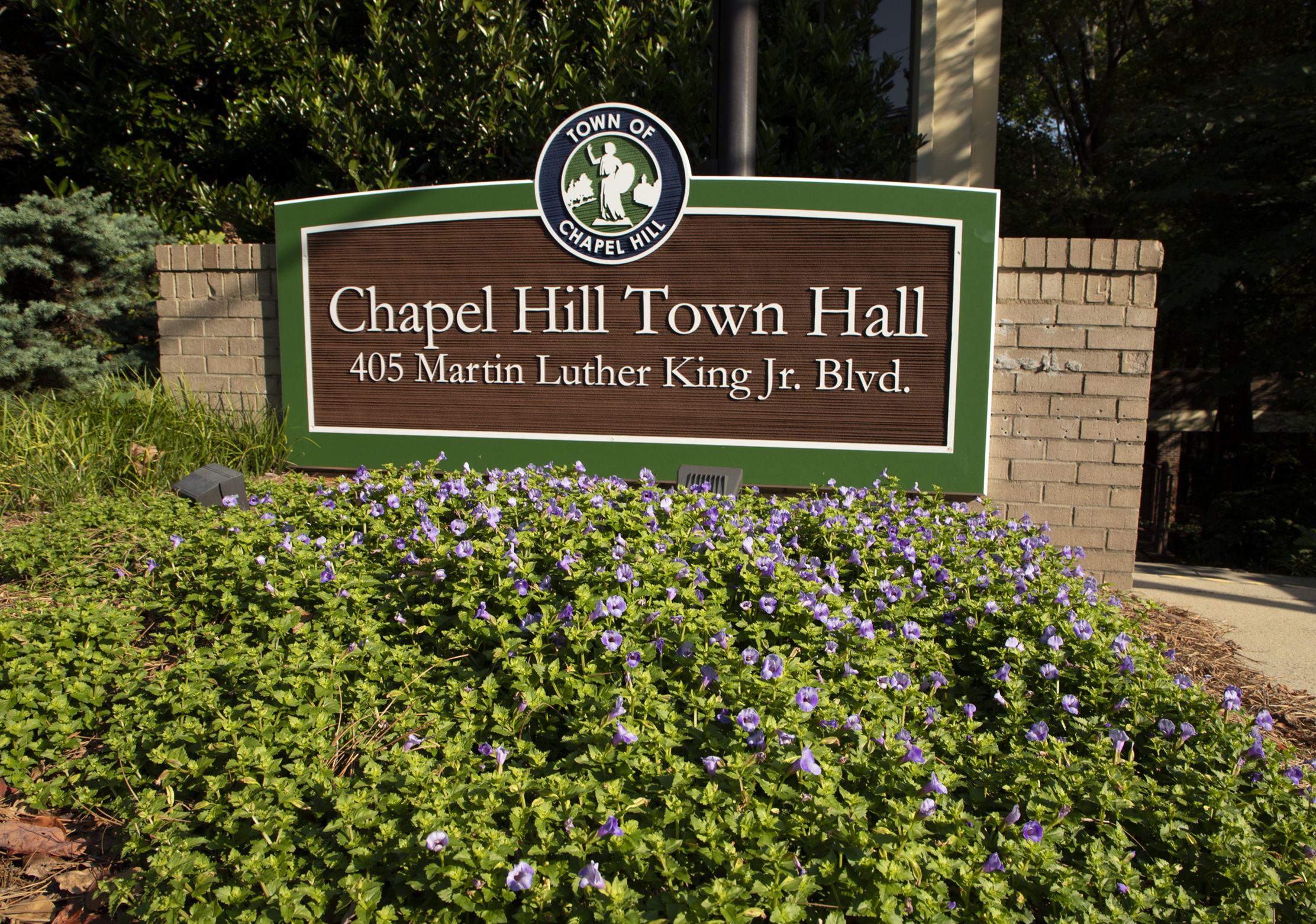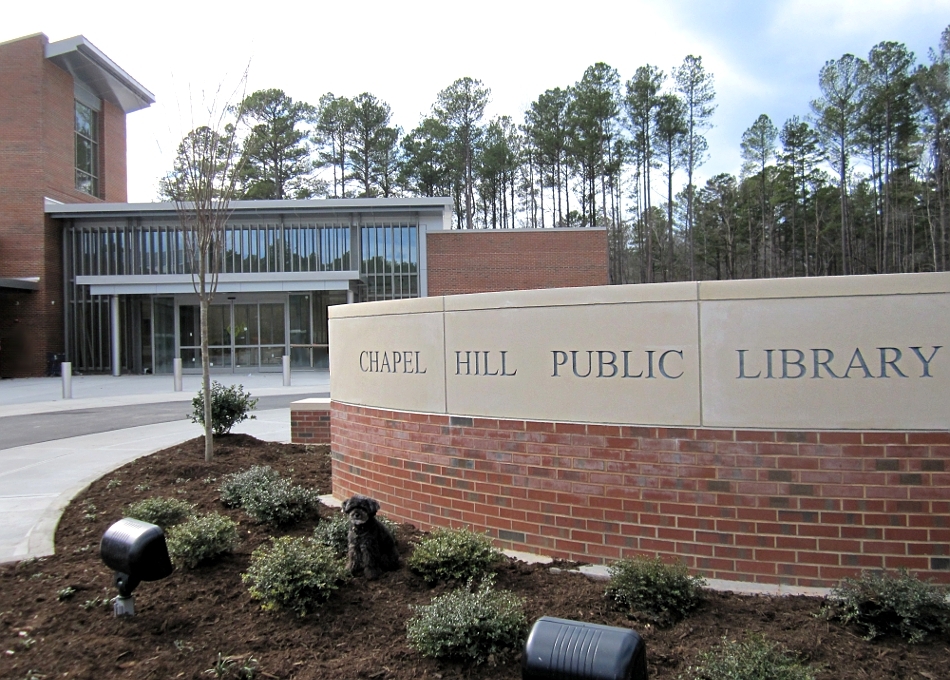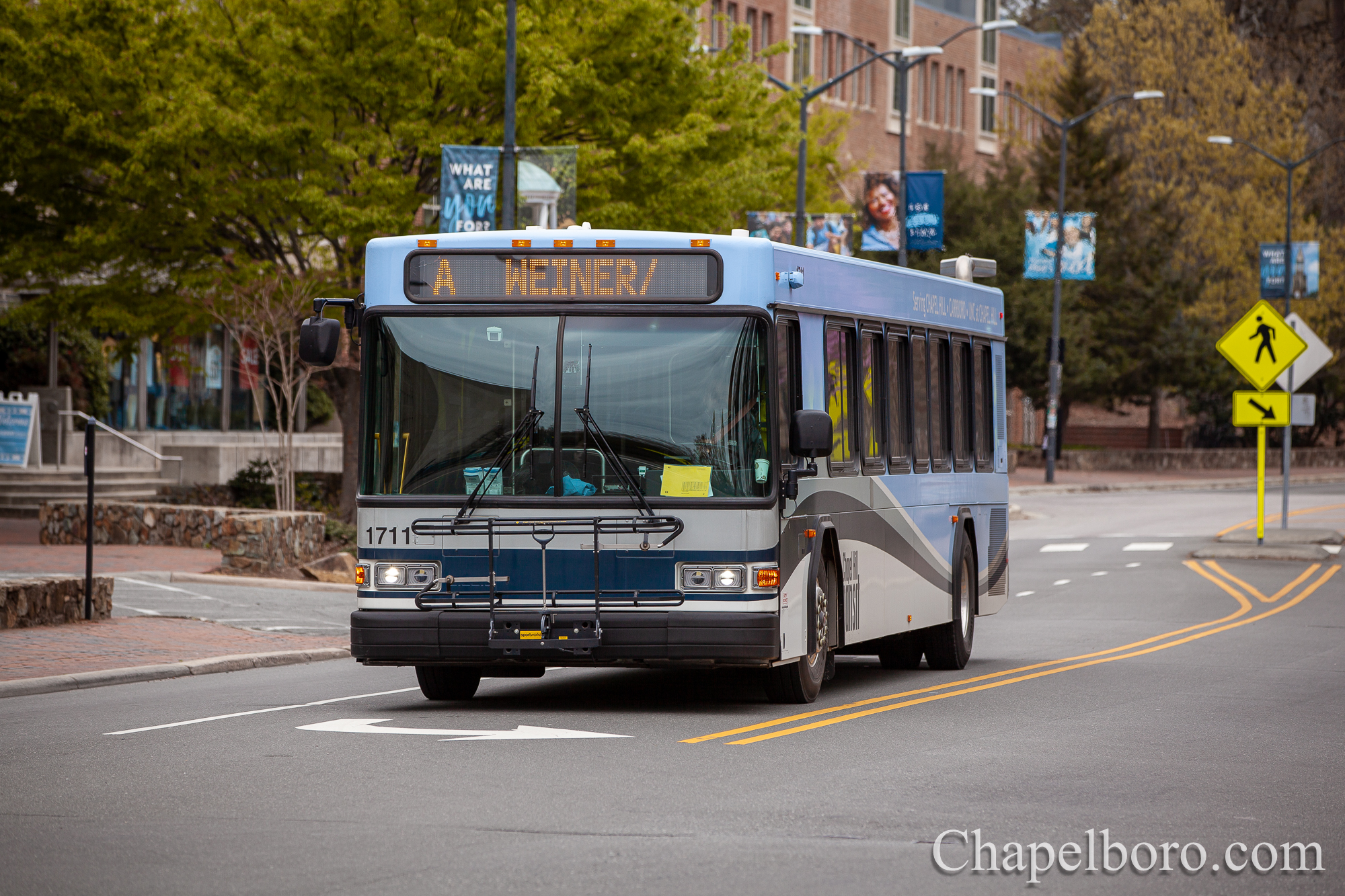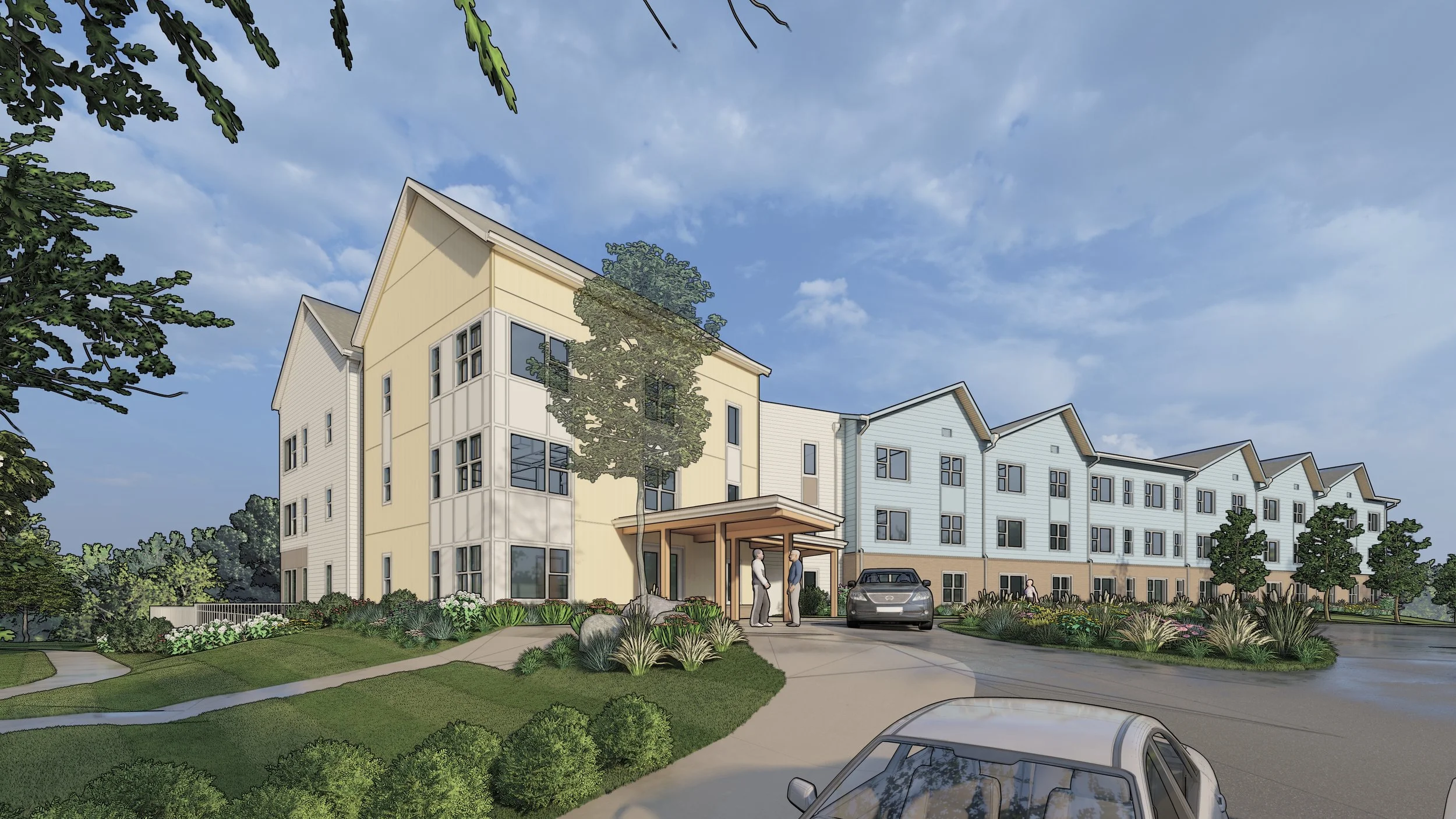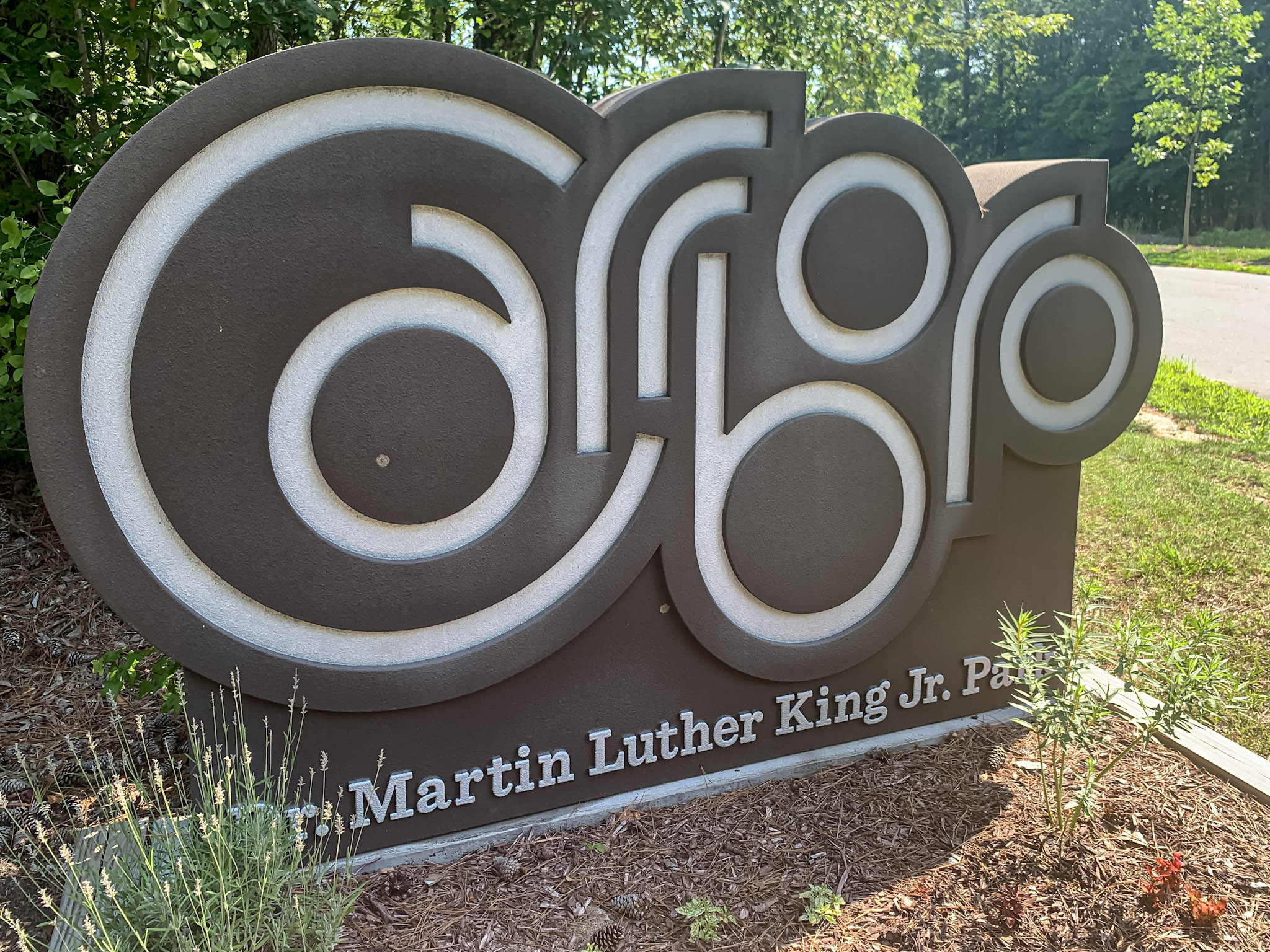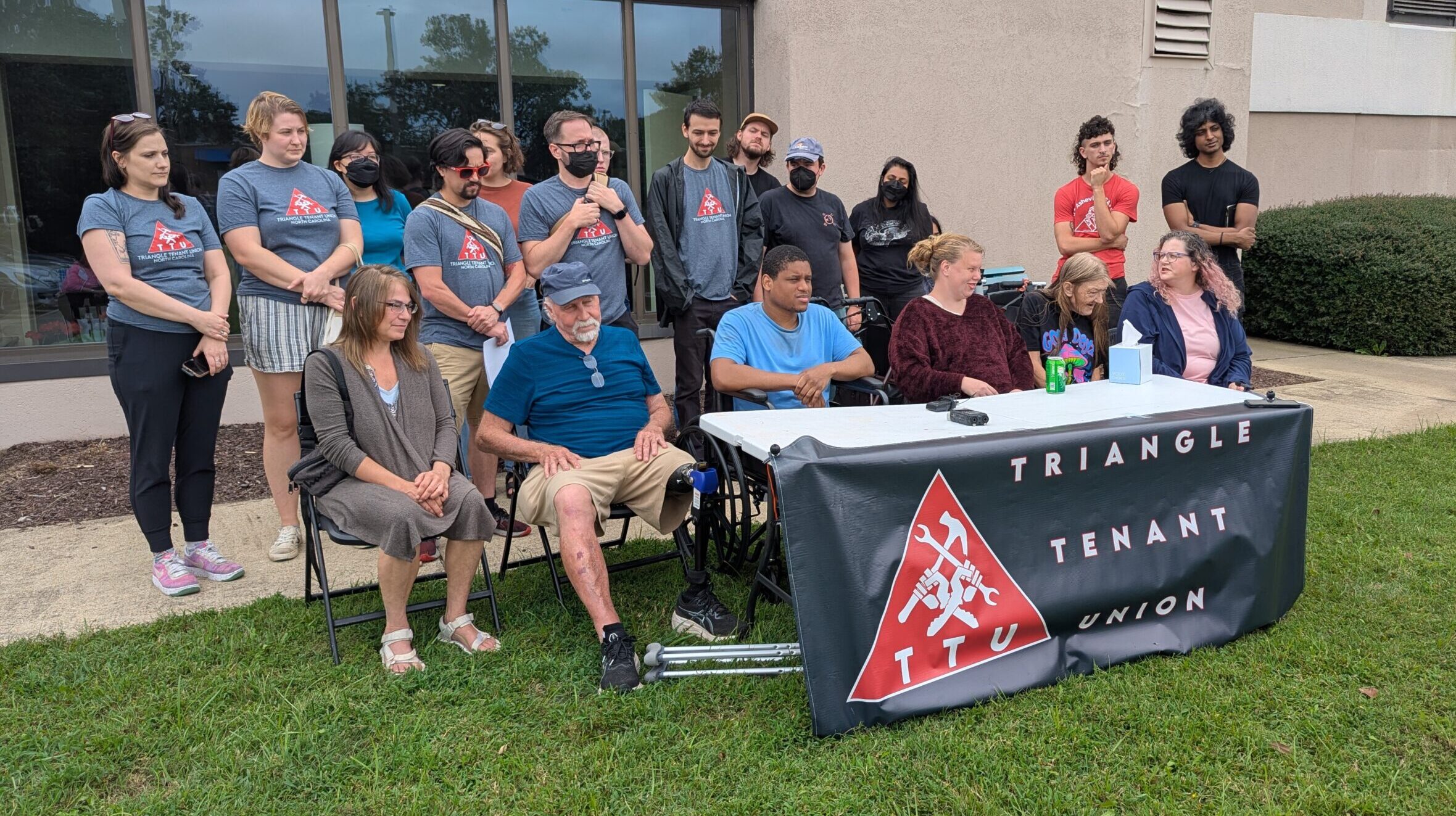What does the future hold for public transit in Orange County?
Transportation officials and elected leaders say they hope to finalize an updated long-range transit plan for the county later this year — but whether they can bring their plans to fruition will depend in part on state government.
When it’s done, the new plan will replace Orange County’s existing long-range plan, which was developed in 2012. Speaking at last month’s Assembly of Governments meeting, Orange County Planning Director Craig Benedict said the earlier plan became obsolete once the Durham-Orange light rail line fell through.
“So we began, in late 2019, to reevaluate the plan and find out where the moneys that were allocated for light rail could be reapportioned, reallocated, to other services,” Benedict said.
A steering committee of elected officials developed a set of five overarching goals: “equity, environmental sustainability, economic prosperity, affordability, and transit access for all.” Working with a consulting team, officials have used those goals to develop a set of projects and priorities.
“We’re planning in the next few months to go out again with these ideas to get some feedback from the community,” Benedict said.
One of the top priorities is in Chapel Hill, where preliminary work is underway on a bus rapid transit (BRT) line designed to improve transportation along NC-86 from Eubanks Road down to Southern Village. Chapel Hill Transit director Brian Litchfield said that proposal is currently undergoing a federal environmental impact assessment, which is expected to wrap up this fall.
“We anticipate having a finding of ‘no significant impact,’ which will allow us to continue with our federal funding request,” Litchfield said.
The plan is to fund the project with $100 million in federal funds, $45 million in state funds, and $14.1 million in local spending. Benedict said the local funds come from sales tax revenue, which actually increased during the pandemic as people shopped from home rather than driving to stores outside the county.
But the federal funding request is contingent on securing funds at the state level, and Benedict said that could be a sticking point.
“State funding for the bus rapid transit seems to be drying up,” he warned.
That’s because state transportation funding depends heavily on gas taxes, which fell sharply during the pandemic as people went out less and worked from home. Benedict said that only added to an already-existing funding crunch at the state department of transportation – and as a result, transit projects across the state have been delayed.
“[NCDOT] primarily suspended two years’ worth of their program, and only let maybe one in ten projects go through,” Benedict said. “So there’s been a complete two-year cessation to new projects.”
Benedict said the state funding crunch is making the process of applying for funds much more competitive – and even if all the funds come through, Litchfield said there will still be a long delay on bus rapid transit in Chapel Hill.
“We had initially anticipated receiving state funding in 2022-23 – [but] unfortunately that’s been moved back, [and] we now anticipate that the funding could come in fiscal year 2025 or 2026,” Litchfield said.
That delay also means a higher cost. “The cost for the BRT project was estimated at $140 million,” Litchfield said, “[but] with the additional years of delay on the state’s side, we anticipate that cost to be about $150 million now.”
Litchfield said the current plan includes enough flexibility to account for the higher cost. But some local elected officials say they’re concerned about whether the state funding will ever come through at all.
“Let’s be real, let’s make that assessment and think about whether that partnership is going to materialize – because I have no faith in who’s in power right now,” said Carrboro Town Council member Sammy Slade. “I just want us to be cognizant of that; that’s our responsibility as elected officials.”
Either way, bus rapid transit will definitely be a part of Orange County’s next long-range plan, which is set to guide the county through 2040. Officials say they’re hoping to finish the plan and get final approval by the spring.
For more on the current status of Orange County’s long-range transit plan, visit OCTransit2020.com.
Photo via the Town of Chapel Hill.
Chapelboro.com does not charge subscription fees, and you can directly support our efforts in local journalism here. Want more of what you see on Chapelboro? Let us bring free local news and community information to you by signing up for our biweekly newsletter.

